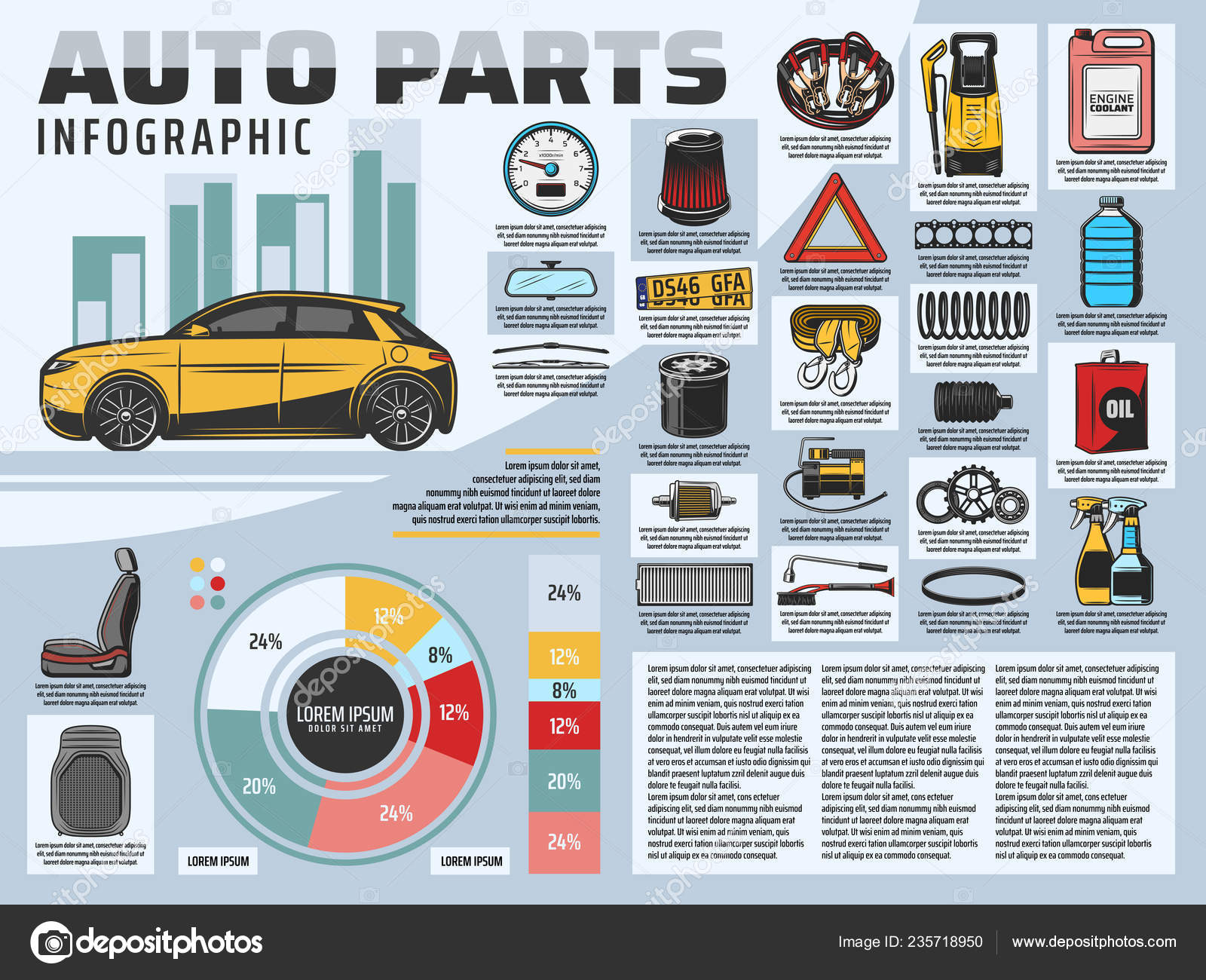When you're behind the wheel, those beautiful warning lights on your control panel can be a little bit bewildering. Do you recognize what they're attempting to tell you about your cars and truck's wellness? Recognizing the importance of these lights is crucial for your safety and security and the longevity of your car. So, the next time among those lights turns up, wouldn't you want to analyze its message properly and take the essential actions to resolve it?
Common Warning Lights and Interpretations
Determine usual caution lights in your cars and truck and understand their meanings to make sure secure driving.
The most normal warning lights consist of the check engine light, which indicates issues with the engine or emissions system. If this light comes on, it's critical to have your car examined promptly.
The oil pressure alerting light shows low oil pressure, requiring immediate interest to stop engine damages.
A flashing battery light might suggest a damaged billing system, potentially leaving you stranded otherwise attended to.
The tire stress monitoring system (TPMS) light signals you to reduced tire stress, influencing vehicle stability and fuel performance. Ignoring click the up coming web site can bring about unsafe driving conditions.
The ABS light suggests a problem with the anti-lock braking system, jeopardizing your capacity to stop swiftly in emergency situations.
Finally, related webpage cautioning light warns of engine getting too hot, which can lead to extreme damages otherwise settled quickly.
Recognizing these usual warning lights will certainly aid you address concerns quickly and keep secure driving problems.
Significance of Prompt Attention
Recognizing the common warning lights in your cars and truck is just the first step; the value of promptly addressing these cautions can't be stressed enough to ensure your security when traveling.
When a caution light illuminates on your control panel, it's your car's means of interacting a possible concern that requires attention. Disregarding these warnings can bring about a lot more extreme problems later on, jeopardizing your safety and security and possibly costing you a lot more in repairs.
Motivate attention to cautioning lights can prevent break downs and crashes. For example, a blinking check engine light can suggest a misfire that, if left neglected, could cause damages to the catalytic converter. Addressing this promptly can save you from a costly repair service.
In a similar way, a brake system cautioning light may signal low brake fluid or worn brake pads, critical parts for your safety when driving.
Do It Yourself Troubleshooting Tips
If you notice a caution light on your control panel, there are a few do it yourself repairing pointers you can attempt before seeking professional aid.
The primary step is to consult your car's guidebook to understand what the specific caution light suggests. Often the concern can be as basic as a loosened gas cap setting off the check engine light. Tightening the gas cap might deal with the issue.
Another usual issue is a reduced battery, which can cause various alerting lights. Examining the battery links for corrosion and ensuring they're safe could take care of the issue.
If a caution light lingers, you can attempt resetting it by disconnecting the auto's battery for a couple of mins and after that reconnecting it. Furthermore, examining your vehicle's fluid degrees, such as oil, coolant, and brake fluid, can aid repair alerting lights connected to these systems.
Verdict
In conclusion, comprehending your vehicle's caution lights is essential for keeping your lorry running efficiently and securely. By quickly resolving these notifies and recognizing what they indicate, you can avoid costly repairs and prospective break downs.
Bear in mind to consult your automobile's manual for particular information on each alerting light and do something about it appropriately to guarantee a hassle-free driving experience.
Remain informed, stay secure when driving!
